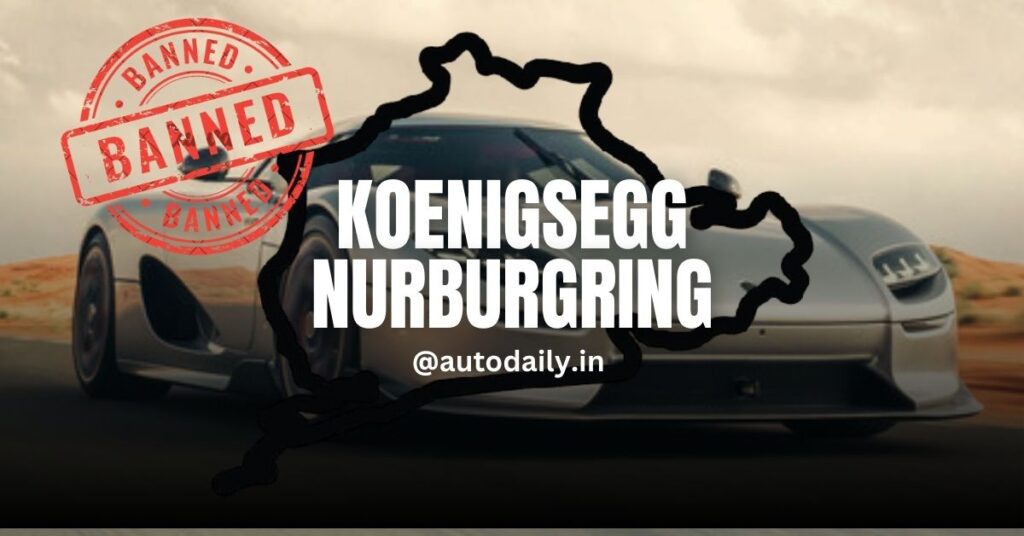Koenigsegg’s Nürburgring Controversy: Bans, Accidents, and Legalities!
Today, let’s know why exactly Koenigsegg is banned in Nürburgring, or should we say, the myth of it. Strap in because we’re about to reveal Koenigsegg’s ring adventures and the real story behind why these hypercars are supposedly banned from the Nürburgring. Koenigsegg’s journey at the Nürburgring has been quite a roller coaster. They’ve been relentlessly pursuing lap time supremacy at this iconic track for years. From having their lap record attempts being canceled last minute to high-speed crashes, it’s been an eventful ride. Nevertheless, their pursuit of Nürburg life lap time dominance remains unfulfilled.
Koenigsegg CCR
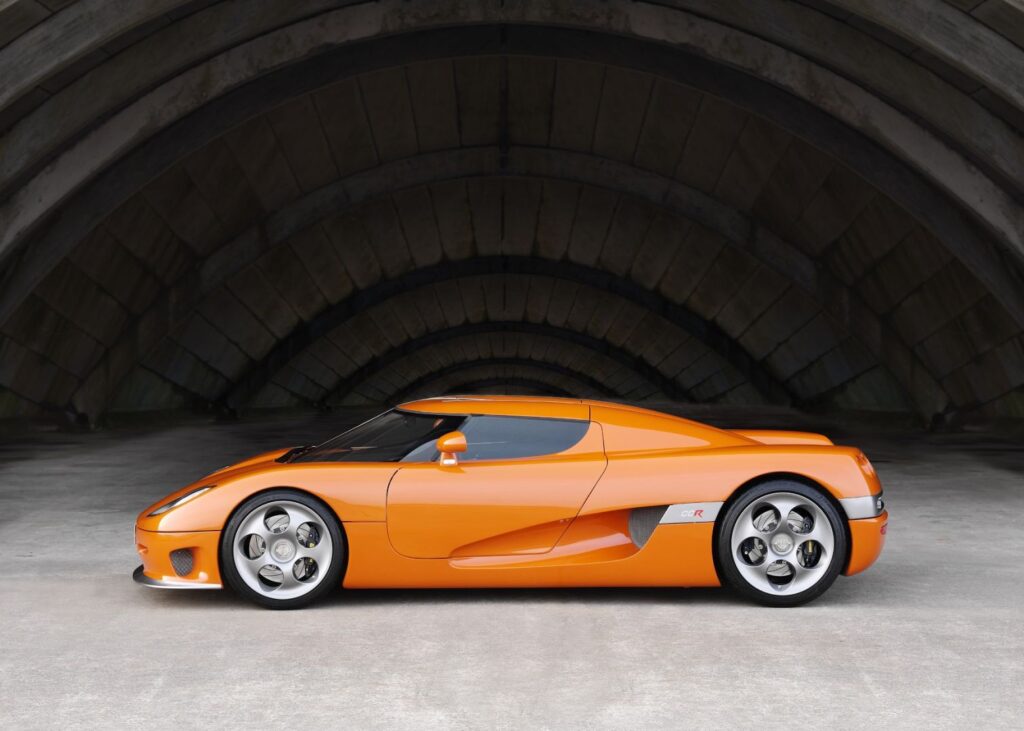
Back in October 2005, the Koenigsegg CCR, with its 800-plus horsepower, made a bold move. With no official attempts from Koenigsegg, it was up to the journalist to put the CCR to the test. Horst von Saurma from Sport Auto clocked an impressive lap time of 7:34. However, in today’s automotive landscape, vehicles like the Audi RS3 Limousine can deliver similar performance, and the new BMW M4 Competition Extra Drive is a whole 6 seconds faster.
Koenigsegg CCX
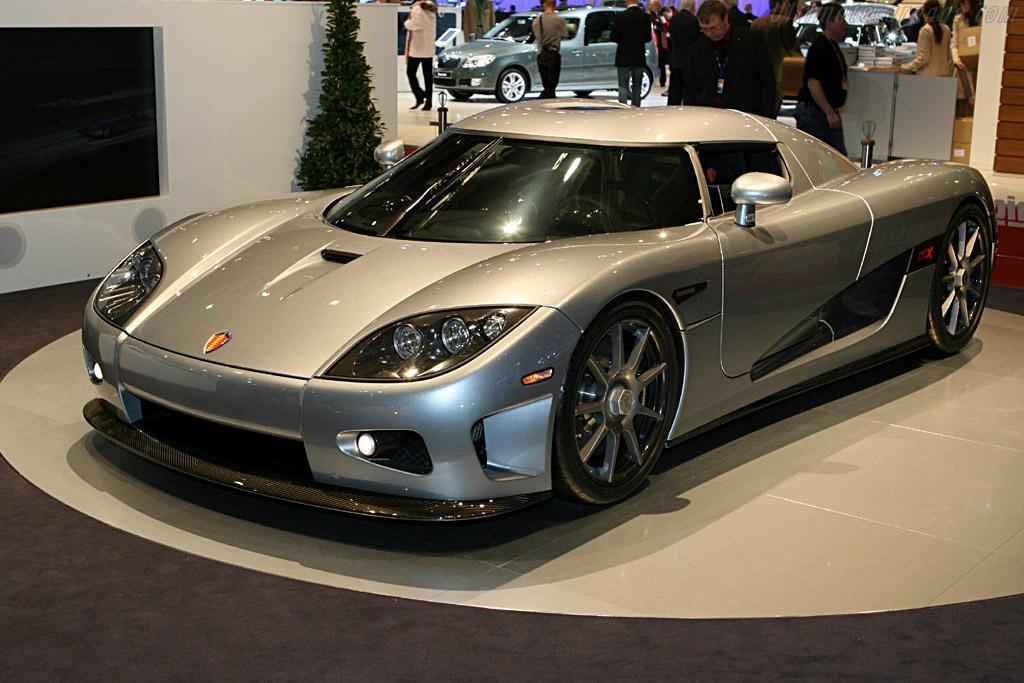
Fast forward to August 2008. The Koenigsegg CCX, the US version of the CCR, left its mark with an impressive 806 horsepower from the Koenigsegg V8 and a peak torque of 920 Nm. It boasted a top speed surpassing 245 mph and the ability to accelerate from 0 to 300 and back to zero in just 29.2 seconds. Weighing 1280 kg, the car generated a total downforce of 100 kg at a speed of 155 mph. It was with this car that Marc Basseng recorded a lap time of 7:33 during one of their power laps.
Koenigsegg One:1
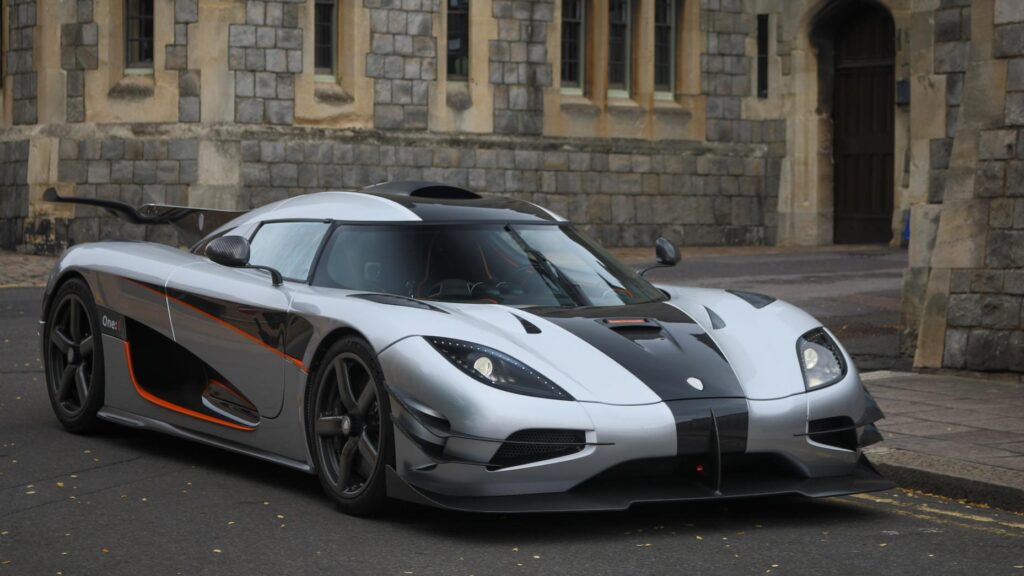
A few years later, in March 2014, Koenigsegg unveiled the One:1, showcasing a power-to-weight ratio like no other. 1,360 horsepower for 1,360 kg and a staggering 1,371 Nm of torque. The car derives its name from the distinctive 1:1 ratio. Under the hood, it housed a 5 L V8 engine with an 8250 RPM rev limiter. The engine’s weight was kept to a minimal 197 kg, thanks to a carbon fiber intake manifold and aluminum construction. Its transmission featured a 7-speed dual-clutch with paddle shifters. Accelerating from 0 to 248.50 mph took approximately 20 seconds, and the deceleration from 248.50 mph to 0 mph required just about 10 seconds.
Tragic incident
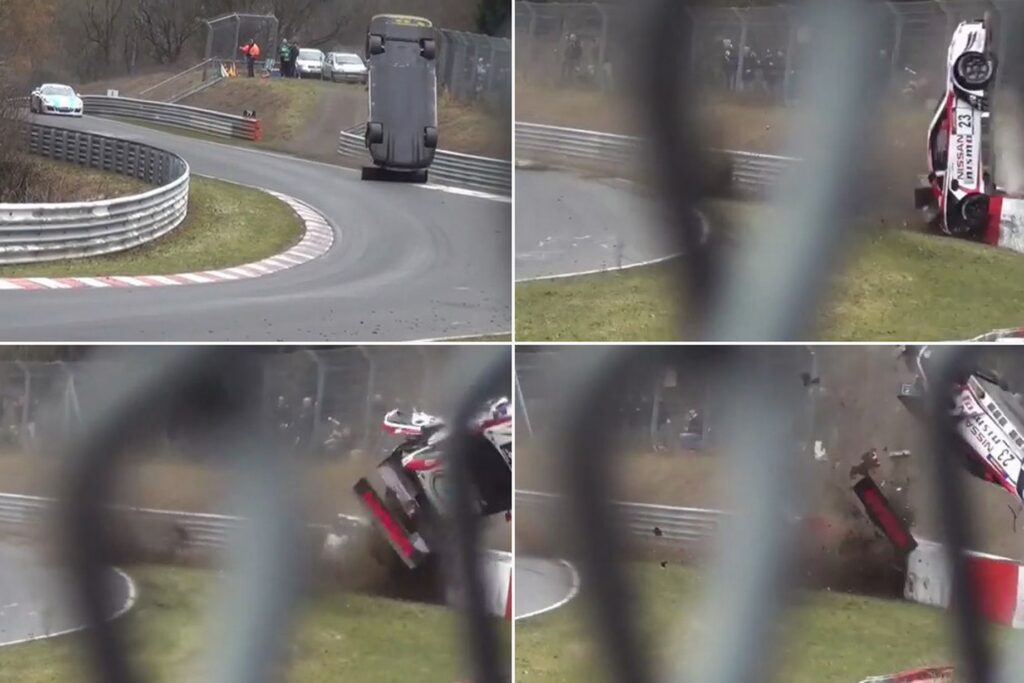
With these remarkable attributes, it seemed destined for greatness at the Nürburgring. Christian von Koenigsegg had dropped hints about his ambition to set a Nürburgring lap record in the coming months or years. However, in March 2015, a pivotal transformation occurred as a consequence of a tragic incident during a VLN race. Driver Jann Mardenborough experienced an accident in which a Nissan GTR went airborne over the Nürburgring jump at Quiddelbacher Höhe, leading to the unfortunate loss of a spectator’s life.
This incident prompted the track management to take decisive measures, including the implementation of a speed limit at Flugplatz, where the accident had occurred. Despite the accident that occurred a couple of months before, Koenigsegg remained unwavering in its determination to secure an official lap record in the One:1. The effort was poised to become the exhilarating pinnacle of the Apex story of the hypercar film.
A 3-year undertaking that captured Koenigsegg’s quest to redefine the hypercar landscape with the One:1. The film crew was fully prepared to embark on their journey to Germany to document this momentous record attempt. At that time, The Radical SR8 LM held the leading production car lap record with a time of 6:48, closely followed by the Porsche 918 Spider at 6:57. Koenigsegg’s simulations indicated that the overall lap record was well within their reach.
What it taught?
The incident served as a stark reminder of the inherent dangers of the Nordschleife. What was meant to be the crowning moment of the Apex movie and a major achievement for Koenigsegg was once again canceled due to the devastating crash a few months earlier. Nürburgring management implemented a series of speed limits at various locations around the circuit. First is the Döttinger Höhe straight, where the maximum speed is 155 mph. Following that, we have the Antoniusbuche corner and the Quiddelbacher Höhe corner and jump with a maximum speed of 124 mph. Lastly, we have the Schwedenkreuz corner, which is set to a maximum speed of 124 mph.
This development was particularly disappointing for Koenigsegg, as the One:1’s remarkable flat-out speed in these sections could have potentially given it a competitive advantage in lap times. For instance, in Tiergarten, a lengthy fast section where Christian believed the One:1 could easily reach 186 mph, speed was now capped at just 124 mph.
Speed limits imposed
While Nürburgring management did not explicitly ban the act of setting lap times, the imposed speed limits rendered any attempt useless. These speed limits were enforced for all manufacturers. Consequently, the Apex filmmakers had to devise an alternative grand finale. In March 2016, they implemented additional safety measures and lifted the speed limits, allowing Koenigsegg to re-enter the arena.
Koenigsegg Lap record attempt
By June 2016, with the One:1, they were all set to make their lap record attempt. The team dedicated several days to practicing, testing, and fine-tuning the car’s setup to meet the Nürburgring’s demands. Nevertheless, since this was still a road-legal car, all adjustments had to remain within standard ranges. After extensive testing, they embarked on their initial record bid. However, disaster struck around 1/3 of the way into the lap as the driver exited the Foxhole and applied the brakes.
Despite the car being equipped with ABS, the front wheels locked up, sending the car careening into the barriers at high speed. Thankfully, the driver emerged unharmed, but the 1,341 horsepower hypercar appeared to be a total wreck. According to a photographer on the scene, the driver entered the section with excessive speed, braked suddenly, and slid off the track. The car ultimately crashed through a barrier and into an embankment. The substantial skid mark left behind suggested a possible mechanical issue, possibly related to the ABS.
Koenigsegg hadn’t been fortunate at the Nürburgring previously. In 2014, one of the company’s Agera-based prototypes also met with a mishap there. However, the One:1 was a much rarer and significantly more expensive car. Only seven units were produced, including a prototype, with an estimated original price of approximately $3.1 million. This made it likely the most expensive non-motorsport car to crash at the Nürburgring. All seven One:1s were believed to be privately owned, as the last remaining car, the prototype, was sold the previous year. Nevertheless, there’s good news as Koenigsegg confirmed their intention to rebuild the car.
Koenigsegg’s new ring weapon
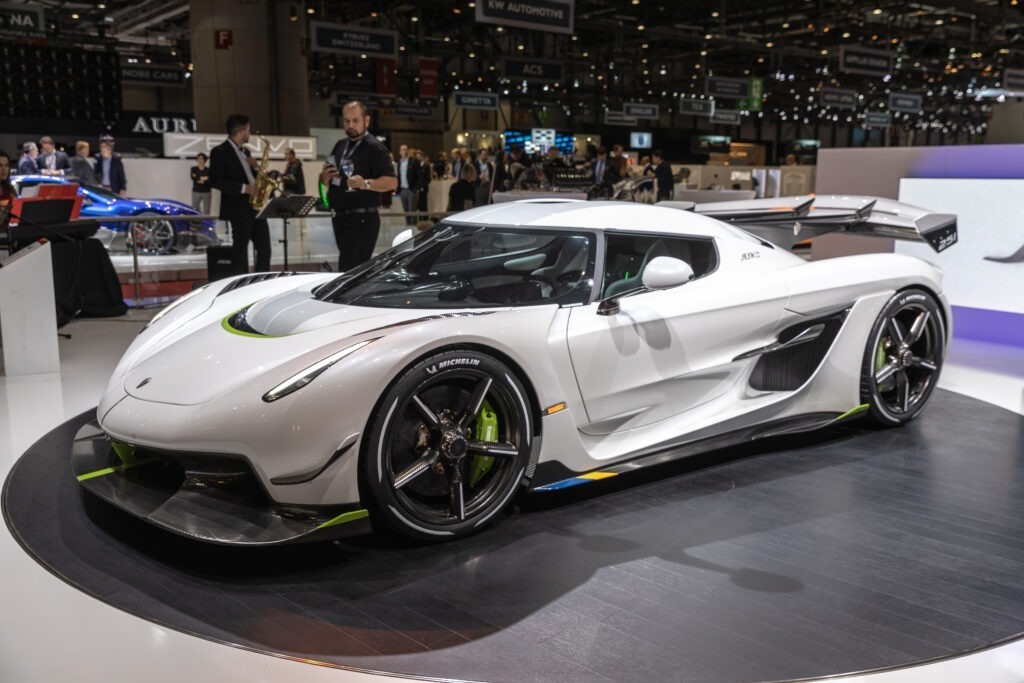
Unfazed, Koenigsegg unveiled the Jesko in March 2019, with a limited production of just 125 units and a starting price of $3 million. Designed to reach speeds exceeding 311 mph, this hypercar boasts an incredible 1600 horsepower and 1500 Nm of torque. It redlines at 8500 RPM and features a revolutionary 9-speed Koenigsegg Light Speed Transmission (LST) system. The Jesko’s advanced aerodynamics generate more than 1,000 kg of downforce on its 1420 kg frame, making it the ultimate track performer.
Fueled by ambitious aspirations, Christian von Koenigsegg hinted at a potential return to the Nürburgring to pursue that elusive lap record.
Banned or not banned?
So, were Koenigsegg banned from the Nürburgring? Not quite. Speed limits were imposed, making record attempts impractical. But they’re gearing up for a triumphant return with the Mercedes-AMG One, setting a new record at 6:35. Koenigsegg’s quest for the Nürburgring crown continues. It’s not a matter of if but when for these Swedish speed demons.
Join Us : WhatsApp Channel
FAQ
Contrary to popular belief, Koenigsegg was not banned from the Nürburgring. Instead, speed limits were imposed on the circuit, rendering lap record attempts pointless.
Koenigsegg’s journey at the Nürburgring has been a mix of highs and lows. From thwarted lap record attempts to high-speed crashes, their goal of Nordschleife dominance remains unachieved.
In October 2005, the Koenigsegg CCR managed an impressive 7 minutes and 34 seconds for a full lap of the Nürburgring. However, times have changed, and comparable laps can now be achieved by more mainstream cars.
The Koenigsegg CCX, the US version of the CCR, set a lap time of 7 minutes and 33.5 seconds in August 2008. Although not a record, it was still remarkable.
The Koenigsegg One:1, with its power-to-weight ratio of one PS per one kilogram, signaled intent for a Nürburgring lap record. However, it never officially attempted the challenge.
A deadly crash during a VLN race in March 2015 led to the imposition of speed limits at specific sections of the track. Lap records became unattainable due to these restrictions.
It’s likely that we’ll see Koenigsegg back at the Nürburgring in the next couple of years, perhaps with the Jesko aiming to conquer the Nordschleife.

